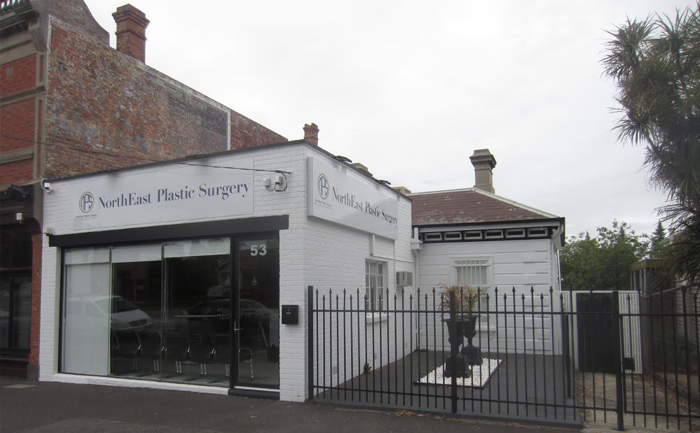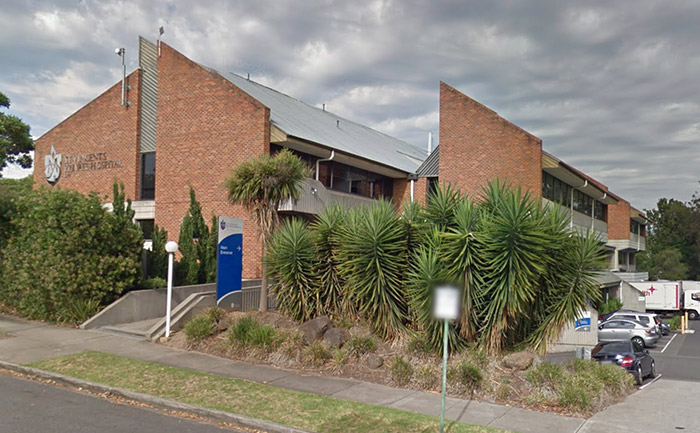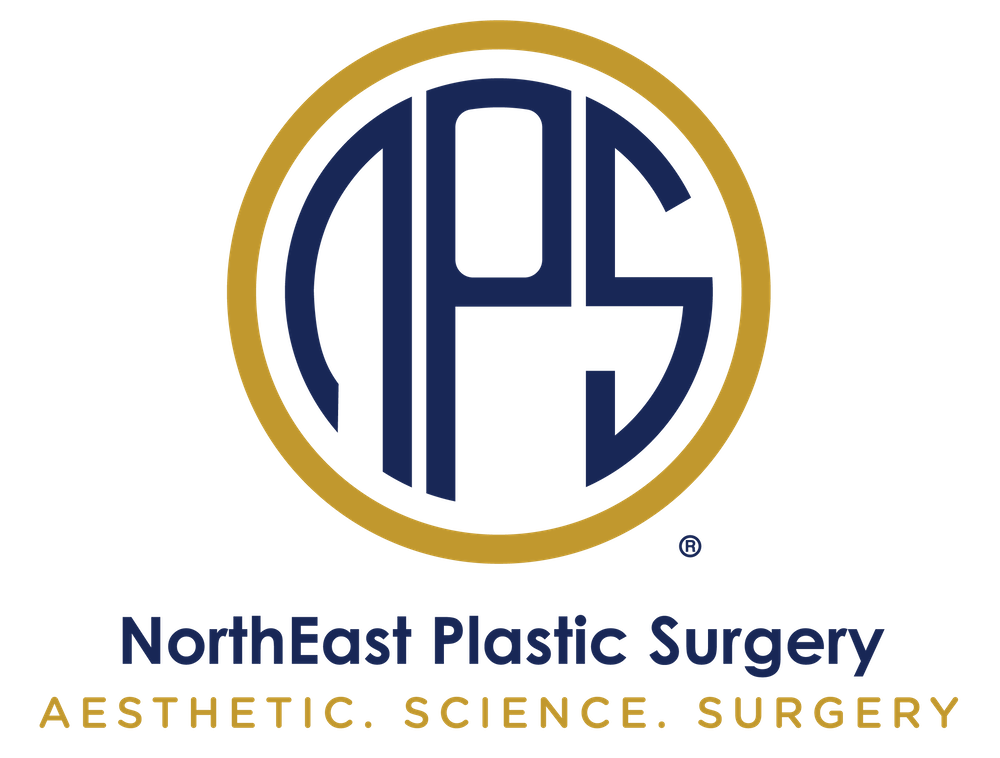The nasal septum is the internal 'wall' which divides the two halves of your nasal cavity. It is mostly made up of cartilage, with the back of the septum made of bone. Normally the septum is straight, running down the middle of the nose. If the septum is crooked, your nose can be stuffy and feel like it is difficult to breathe through. Septoplasty surgery can potentially help you to breathe and sleep better.
In this article, we explain septoplasty surgery, what the procedure involves and identify ideal candidates for the surgery.
AM I A CANDIDATE FOR SEPTOPLASTY SURGERY?
The best person to speak to about whether septoplasty surgery is an option for you is a qualified and experienced surgeon. If you are in general good health, you are 18 years or older and your facial growth is complete, and you have realistic expectations about what surgery can achieve, then surgery could be a good option for you if:
- you have breathing problems
- your nose is crooked
- you are otherwise unhappy with how your nose functions
WHAT'S INVOLVED WITH SEPTOPLASTY SURGERY?
Septoplasty surgery is performed through a small cut on either side of the septum to separate the mucosal tissue covering the septum from the cartilage. The crooked section of cartilage is removed and may be used as a graft. Splints or packing is inserted through the nostrils to optimise the healing process.
WHAT ARE THE RISKS?
Some risks associated with septoplasty surgery are common to all operations, such as infection, excessive bleeding, blood clots in the legs or lungs, poor wound healing or scarring and reactions to the anaesthetic. These risks can be minimised if you are in good general health, with no pre-existing medical conditions and you follow your surgeon's pre and post-operative instructions.
Potential complications of septoplasty surgery include difficulty breathing, nosebleeds, infection, scarring and septal perforation (a small hole in the septum, resulting in a whistle when breathing). There may also be a need for revisional surgery to address deformity which is residual or recurrent. It is important to bear in mind the fact that the final appearance of the nose and improvement of the nasal airway may not be appreciated for four to six months after surgery.
The best way to reduce your risk of complications is to choose a qualified surgeon with the skills and experience to perform your procedure. Your surgeon should provide you with information about all potential complications. Once you have understood the information and had the opportunity to ask questions you are in a position to sign a consent form to indicate that you give permission for the procedure to go ahead. It is important that you understand the risks and what they mean, so don't be afraid to ask questions.
SEPTOPLASTY RECOVERY TIME
Septoplasty is a common procedure which has the potential for low rate of complication and a high rate of success when performed by an appropriately trained and experienced surgeon. However, nasal surgery is permanent, so the decision to have your nose altered should only be made after carefully considering the benefits and risks of the procedure.
You will be a bit sore, bruised and swollen around the nose and eyes for a few days after surgery so icepacks and eye masks are recommended in order to minimise bruising. The splints and packing need to remain in place for a few days to a week after your surgery. Prepare for your return home with some pre-prepared meals and a 'recovery area' with pillows, ice packs, a thermometer and a telephone within easy reach.
A responsible adult should stay with you for at least 24 hours after your surgery to ensure your safe recovery. Make sure you follow your surgeon's post-procedure instructions and let them know immediately if you experience symptoms that you have been told to look out for.
How much time you need to recover will depend on the individual and on the extent of the procedure - more complex surgery will obviously have a longer recovery period than a simple one. However, as a general guide:
- you can get up and move around within a few hours of the surgery
- you can return to work or school within 1-2 weeks, and normal activity levels within 3 weeks
- you can undertake strenuous activity and exercise after 4 weeks
- you should avoid activities where your nose might get knocked or sunburnt for 8 weeks
- it can take up to a year before the final results from your surgery are appreciated
Your surgeon will give you a set of instructions about how to care for yourself and your new nose. It is important to follow these instructions as best you can to reduce complications and ensure that your nasal surgery is successful. Following surgery you should:
- avoid strenuous exercises and contact sports
- brush teeth gently
- take care pulling clothes over your head
- avoid sun exposure as it can cause skin discoloration
- avoid wearing glasses while the bridge of your nose heals - wear contact lenses if possible or tape sunglasses or eyeglasses to the forehead so they don't rest on the nose
- sleep on your back in order to avoid pressure on your nose while it heals
NEXT STEP
If you are considering nasal surgery and have questions you would like to ask or if you would like to book a confidential consultation at a cost of $140, click below or call (03) 9088 5000 for the Melbourne practice or (07) 3180 3400 for the Brisbane practice. The Cosmetic Surgery Co-ordinators of NorthEast Plastic Surgery will organise a consultation with Mr Tansley or Dr Seneviratne who are highly qualified and experienced surgeons. They will assess your individual requirements and discuss your preferences in regard to rhinoplasty and septoplasty surgery.


